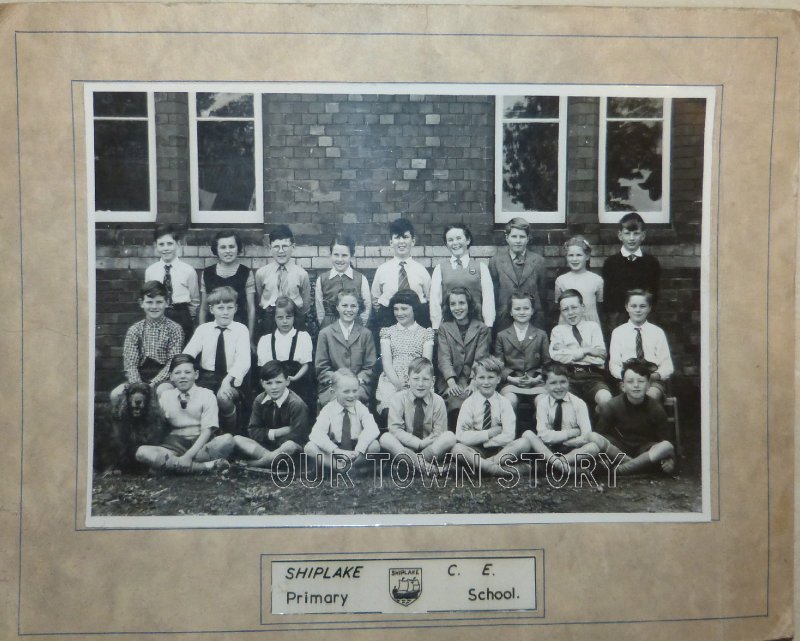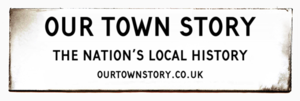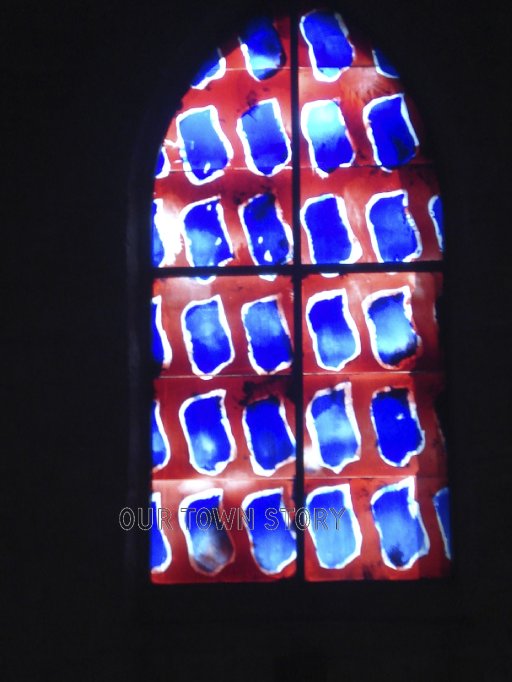Gallery: Shiplake School

Image Details
Shiplake Church of England Primary School
Shiplake Primary School has its origins in the former Mission Room at Binfield Heath. Situated where the Henley to Reading and Shiplake to Peppard roads crossed and adjacent to the Home Farm at Coppid Hall, the Mission Room was built in 1847 as an adjunct to Shiplake Parish Church, presumably as the vast extent of the (then) ecclesiastical parish meant that it was difficult for far-flung parishioners to attend services.
The Mission Room also served the function of a school ‘for the education of the poor.” The passing of the 1870 Education Act requiring education to be provided for all children aged from 5 to 12 made it necessary to consider enlarging many schools and at a meeting in Shiplake in 1871, it was agreed to build a new school in a more central position for the main population. Sir Robert Phillimore purchased the old building for £500 and a new site was purchased at what is now the junction of Memorial Avenue and Plough Lane, Shiplake Row. The school was built by a firm called Willis from Nettlebed and later additions including an infant schoolroom, were made.
This building survived until the late 1950s, when it was considered to be in a poor state of repair, and it was demolished and the present school was built.
My Dad attended the ‘1871’ school from about 1909 until 1915, my sister attended from 1946 to 1948 and I attended the same school from 1949 until 1955. When I was there, there were two classrooms, one for infants from age 5 to 8, and the other for children aged 8 to 11. In the grounds were a toilet block, some 50 yards from the classrooms and two prefabricated buildings, one of which housed the dining area and kitchens.
There were about 40 – 50 children and two teachers: Mrs Sutcliffe, the Headteacher, who taught the older children, and Mrs Jackson, who taught the infants. That was it; no Teaching Assistants or other adult helpers.
Anne Sutcliffe and Flora Jackson were sisters, born in Portree on the Isle of Skye. Anne was married to John Sutcliffe, who worked for the BBC monitoring service at Caversham Park, and Flora’s husband was Headteacher of Dunsden School about three miles away.
We lived about a mile from the school and when I first started, my Mum took me on a child seat on the back of her bike. Later, I walked on my own and came home for lunch, then back again. After school, I got the bus back to Binfield Heath (fare 1d, later going up to 1 1/2d) and I also got the bus to school when it was raining.
I don’t remember much about the infants’ class. When we got there in the morning we were allowed to draw on small blackboards – the successors to slates, presumably, but I can also remember quite a lot of rote learning and recital of ‘times tables’. I can remember craft work, including simple weaving and papier mache model making. The day ended with a story, sometimes from a book that a child had brought in.
Things became more interesting – or at least more varied - in Mrs Sutcliffe’s class. Apart from the usual lessons, the Vicar, Rev. John Menin, came in each Wednesday to teach a scripture lesson. We also spent some time each morning learning the collect for the week and we learnt our Catechism in preparation for our expected confirmation, and the Apostles Creed. About six or so times a year, on significant saints’ days, we processed to the parish church for a short service. On Ascension Day, we went to the service first thing in the morning and then got the rest of the day off.
We did Scottish country dancing too, and performed at the Church fete each year. Mr Sutcliffe occasionally did cricket with the boys. He also fixed up a radio in the classroom and we joined in with BBC schools’ broadcasts like Singing Together, Music and Movement and some of the history programmes.
King George VI died whilst I was at Shiplake School, and Princess Elizabeth became Queen Elizabeth II. This coincided with the conquering of Mount Everest, and we went to the cinema in Henley to watch a newsreel of the event.
At the age of 11, we all took the 11 plus exam. The exam was in three parts; those who passed parts 1 and 2 went on to take Part 3 at Trinity School in Henley. Those who passed part 3 went to Henley Grammar School, whilst those who failed went to Rotherfield Secondary Modern School. I passed the 11 plus and started at Henley Grammar School in September 1955.
Shiplake School was a simple country school and most of the pupils were the children of manual workers from Binfield Heath or Shiplake, with a few aspiring middle class children thrown into the mix. Times were hard for working class families then in the immediate aftermath of the Second World War and most of the families were quite poor, but my memories of my time there are mainly happy ones.
Hint: Drag the orange pegman to see the Streetview image...
This image appears in the galleries for the following locations:
Members do not see ads - sign up - it's free!


I went to this school from 1953 to 1957